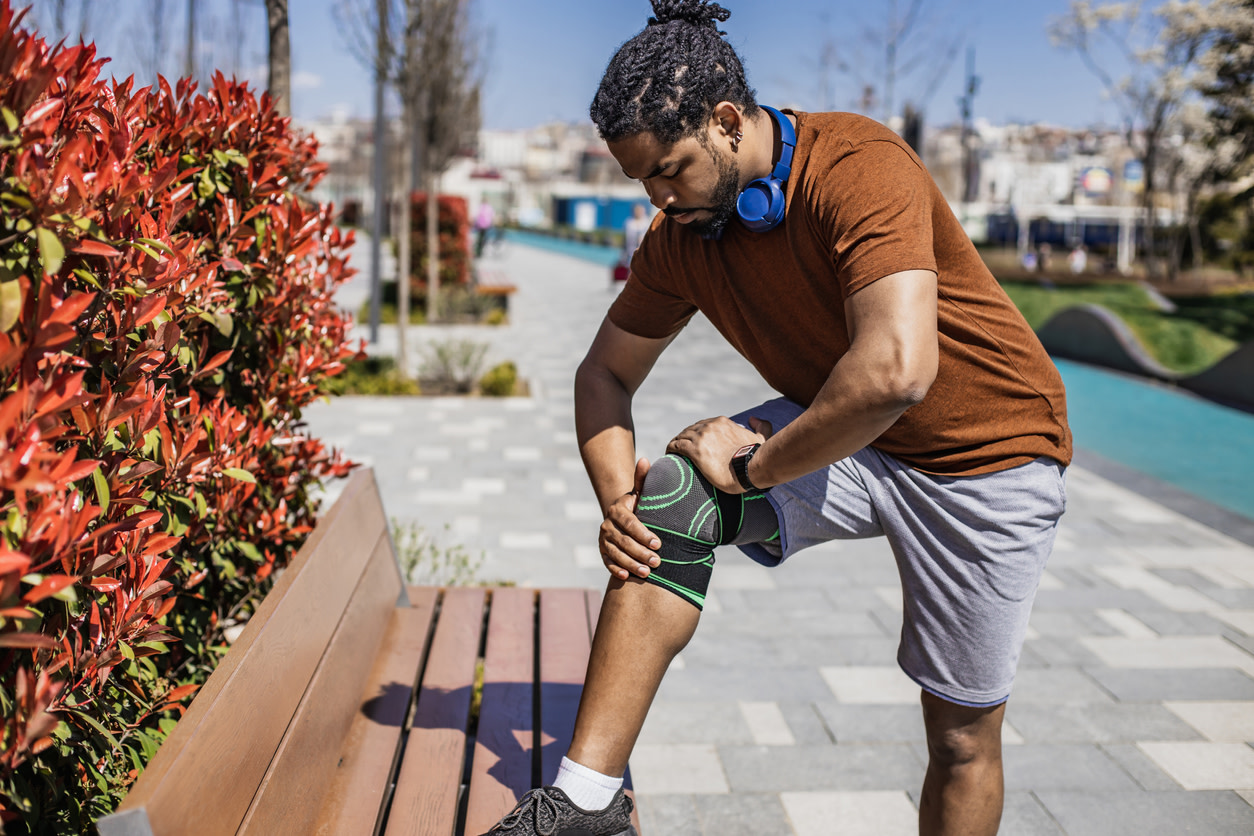Common knee injuries: causes, treatments, and exercises for pain relief
Learn about some of the most common knee injuries and what you can do to prevent and manage pain, especially with exercises from physical therapists.
0 $ pour vous
Date de publication : May 18, 2023
Table des matières
Fully covered knee pain relief
Find relief from knee pain, knee locking, stiff knees, & more.
Check if I'm eligible